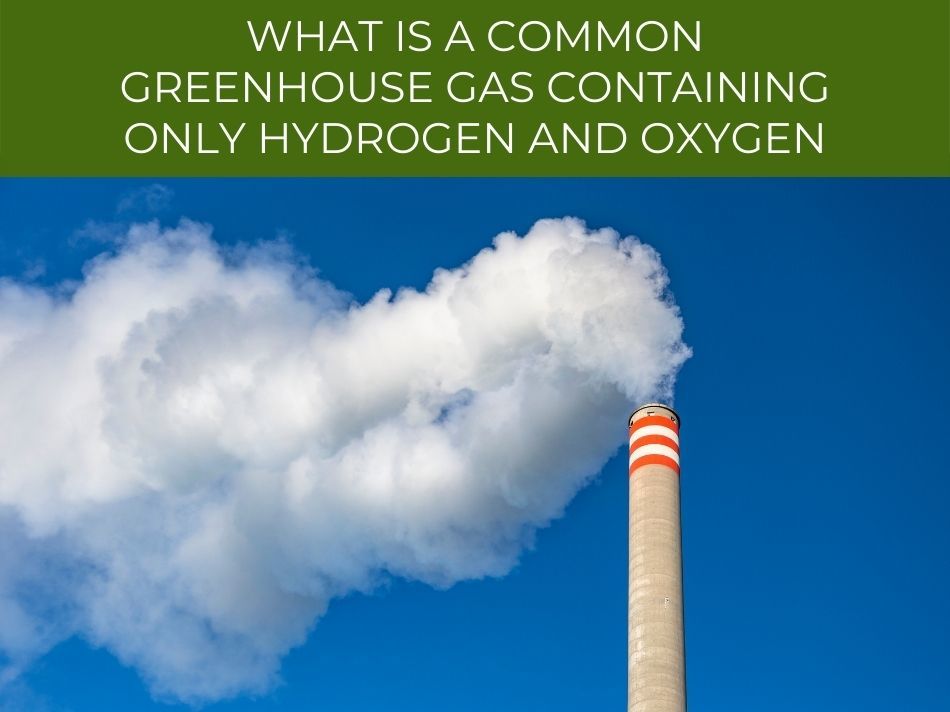Water vapor is a natural part of our atmosphere. It is produced by plants through transpiration and from evaporation of the seas and rivers. But did you know that water vapor is also a greenhouse gas? And that water vapor creates a feedback loop to increase the effect of climate change?
Water vapor is the only common greenhouse gas that contains just hydrogen and oxygen. It traps heat reflected from the Earth & warms the Earth’s surface. As the Earth’s climate gets warmer, the amount of water vapor increases, leading to further warming.
Although the amount of water vapor is not directly increased with human activity, as the earth warms, more water vapor is produced. As more water vapor is produced, the earth is warmed more, because it acts as a greenhouse gas.
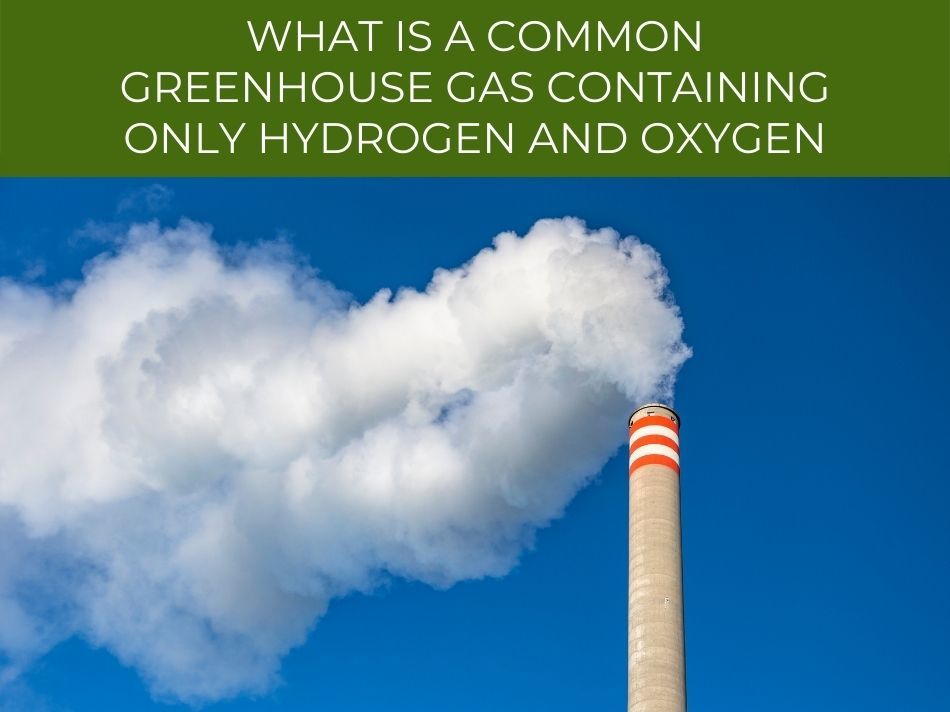
What is a common greenhouse gas containing only hydrogen and oxygen
There are many common greenhouse gases, but most contain other elements like carbon and nitrogen.
The only common greenhouse gas that only contains hydrogen and oxygen is water vapor.
Water molecules are made up of two hydrogen atoms and one oxygen atom, with the formula H2O.
The only common greenhouse gas that contains only hydrogen and oxygen is water vapor. Water vapor is produced naturally, but as the earth’s climate warms the amount of water vapor increases, leading to further warming.
The effect of water vapor is a climate feedback, because it is a natural process that amplifies changes in climate.
Water vapor is produced through natural processes – evaporation as part of the water cycle, and transpiration from plants.
The amount of water vapor in the atmosphere has increased, but not directly through human industrialisation.
Water vapor does play a role in climate change, however.
The rate of evaporation and transpiration increases as the earth warms, leading to more water vapor in the atmosphere.
Because water vapor is a greenhouse gas, this increase leads to increased warming, in a feedback loop.
Positive climate feedbacks, like water vapor production, amplify the effects of climate change.
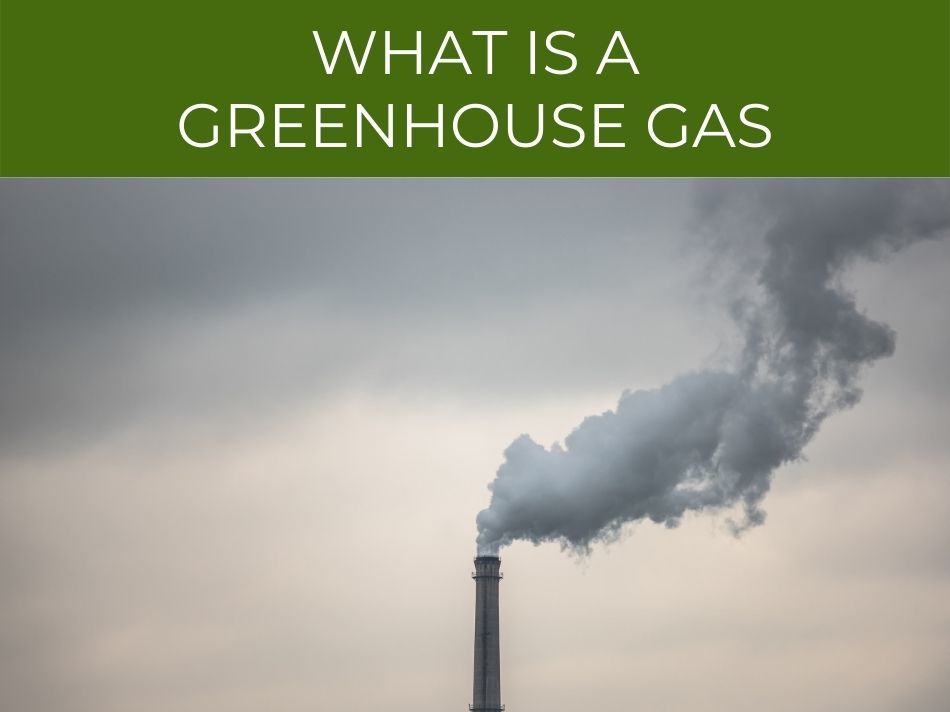
What is a greenhouse gas
Greenhouse gases allow radiation from the sun to travel through the atmosphere and reach the earth.
Some of this energy is reflected back into the atmosphere.
Greenhouse gases trap this reflected heat energy and bounce it back towards the earth.
The Earth is heated by radiation from the sun. Greenhouse gases trap heat in the earth’s atmosphere by absorbing infrared radiation reflected from the earth’s surface, & re-reflecting it. They are called greenhouse gases because the effect is similar to the glass in a greenhouse.
It is called the greenhouse effect because it is similar to the way glass in a greenhouse allows sunlight through, and traps heat inside.
Greenhouse gases trap heat and make the earth warmer.
The ability for gases to act as greenhouse gases are measured by their Global Warming Potential.
The Global Warming Potential takes into account how long a gas stays in the atmosphere for, as well as how strongly it absorbs energy.
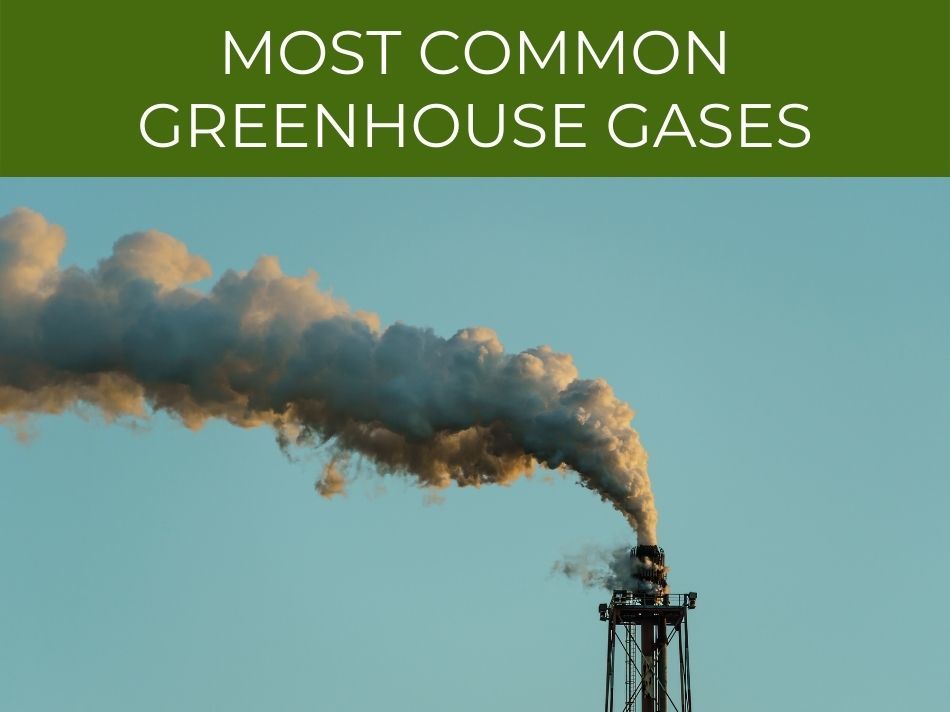
Most common greenhouse gases
Carbon dioxide, methane, nitrous oxide, fluorinated gases, ozone and water vapor are the most common greenhouse gases.
The most common greenhouse gases are carbon dioxide, methane, nitrous oxide, fluorinated gases, ozone and water vapor. Apart from water vapor, the amount of greenhouse gases in the atmosphere has increased because of human activity. This has led to climate change.
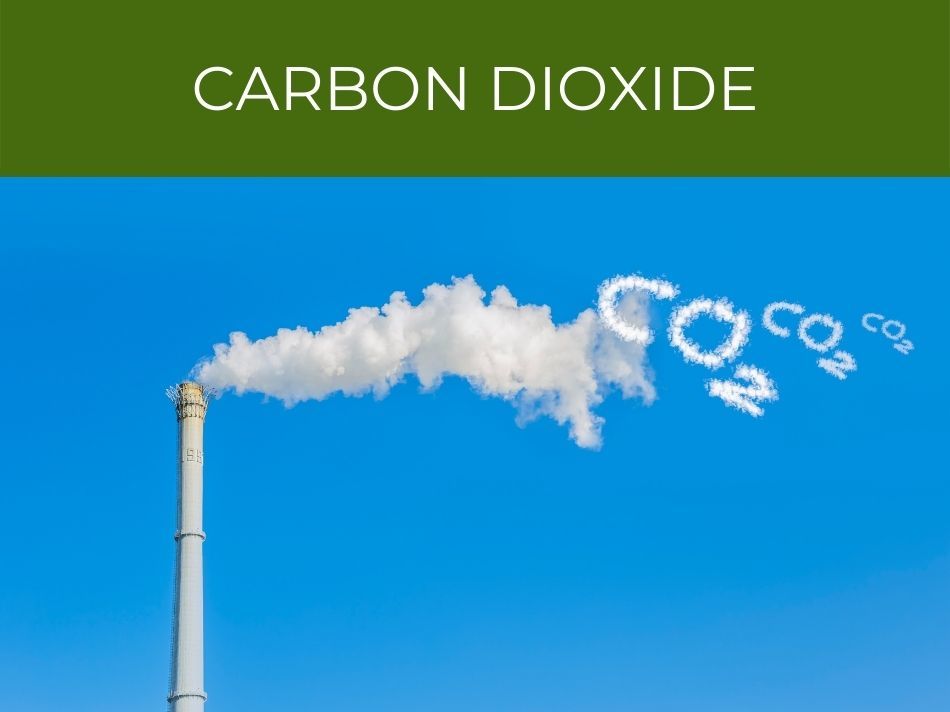
Carbon dioxide (formula CO2) is naturally found in the atmosphere, but human activities have increased its production and deforestation has reduced how much is removed by plants and trees.
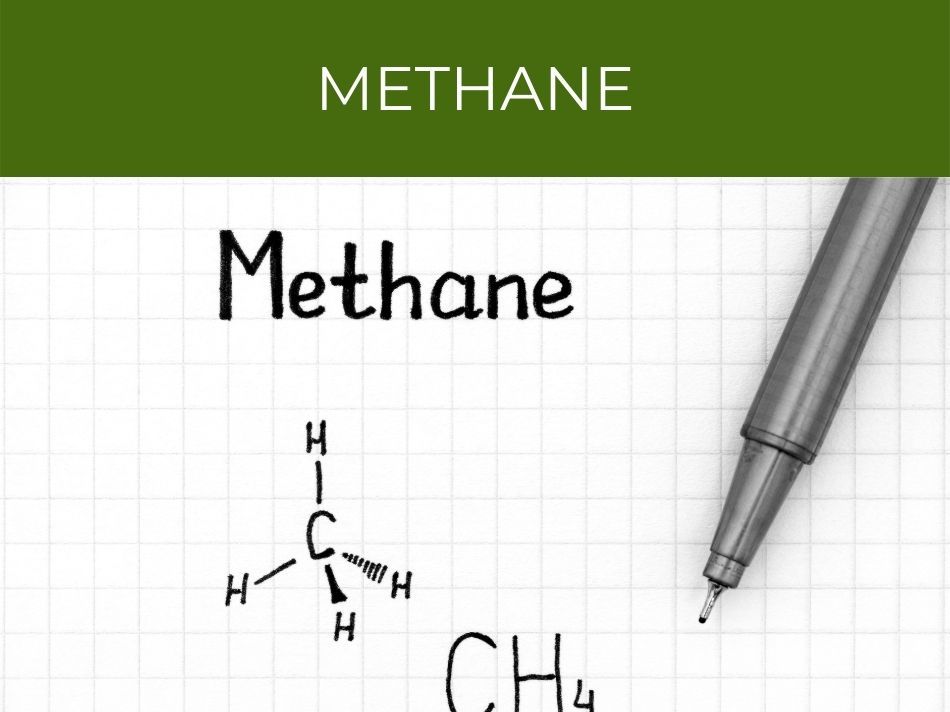
Methane has a global warming potential that is 25x that of carbon dioxide.
Methane is produced naturally from systems like wetlands and swamps.
Methane emissions have increased through human activity like farming livestock, the natural gas industry and from landfills.
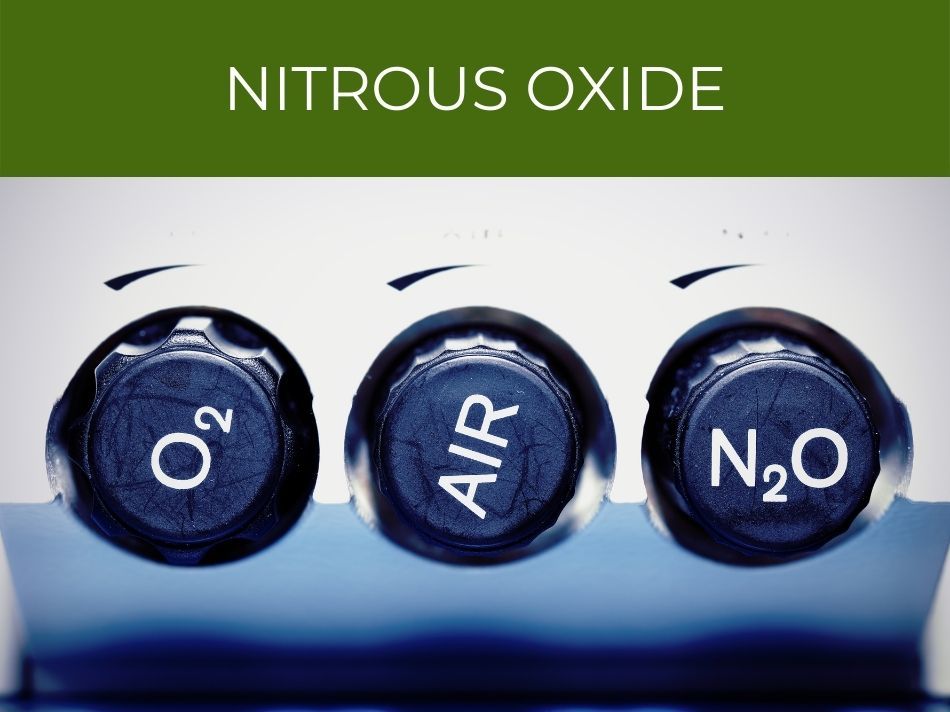
Nitrous oxide is a natural part of the earth’s nitrogen cycle, but the amount in the atmosphere has increased through agriculture and industry.
Fluorinated greenhouse gases are not produced naturally, and are only made by human industrial activity.
Hydrofluorocarbons (HFCs) were introduced as a replacement for chlorofluorocarbons that deplete the ozone layer.
HFCs are used as refrigerants in kitchen refrigerators and air conditioners, in aerosols, and in the production of styrofoam packing.
There is a natural ozone layer in the highest part of the atmosphere, the stratosphere, that filters out harmful UV-C rays from the sun.
Ozone in the lower parts of the atmosphere is produced as a pollutant, and acts as a greenhouse gas.
See our article on which gases are NOT greenhouse gases.
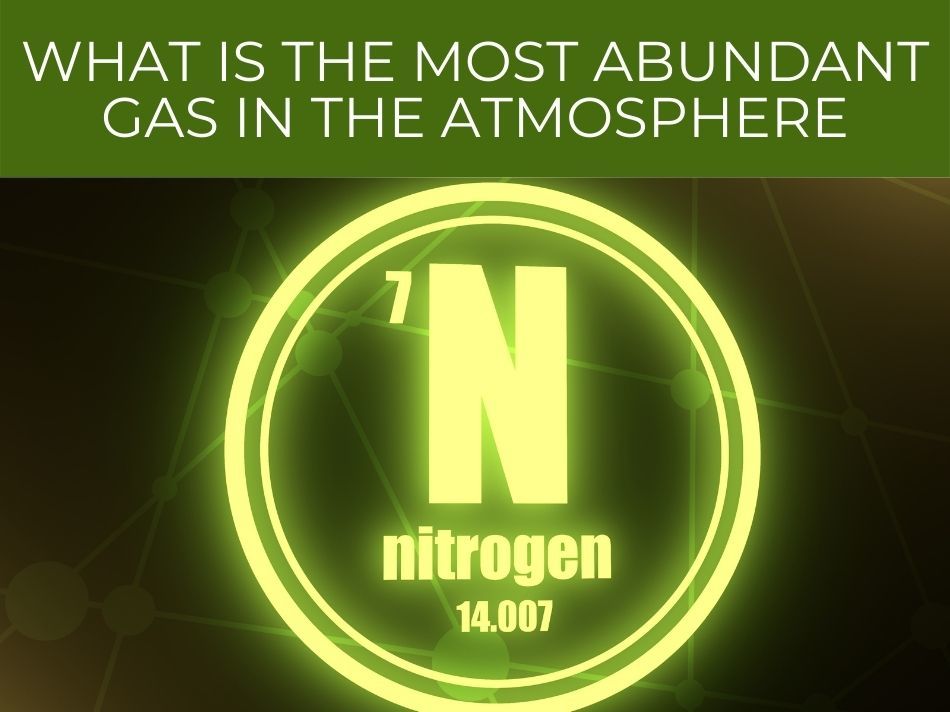
What is the most abundant gas in the atmosphere
Earth’s atmosphere is mostly made up of nitrogen, at 78 percent.
Nitrogen (formula N2) is an inert gas, meaning that it is not very reactive.
The most abundant gas in the atmosphere is nitrogen, which makes up around 78% of the atmosphere. Oxygen is the second most abundant at 21%, & argon makes up 0.9%. The final 0.1% is comprised of trace amounts of carbon dioxide, methane, water vapor, neon, & other gases.
Nitrogen is part of a natural ‘nitrogen cycle’ and is ‘fixed’ by bacteria in the soil, bacteria in legumes, and through fertilizer production, into ammonium.
Check out our post on the life cycle of a bean plant.
Ammonium is converted into nitrate and used by plants and animals as a nutrient, after which it is released back into the atmosphere as nitrogen.
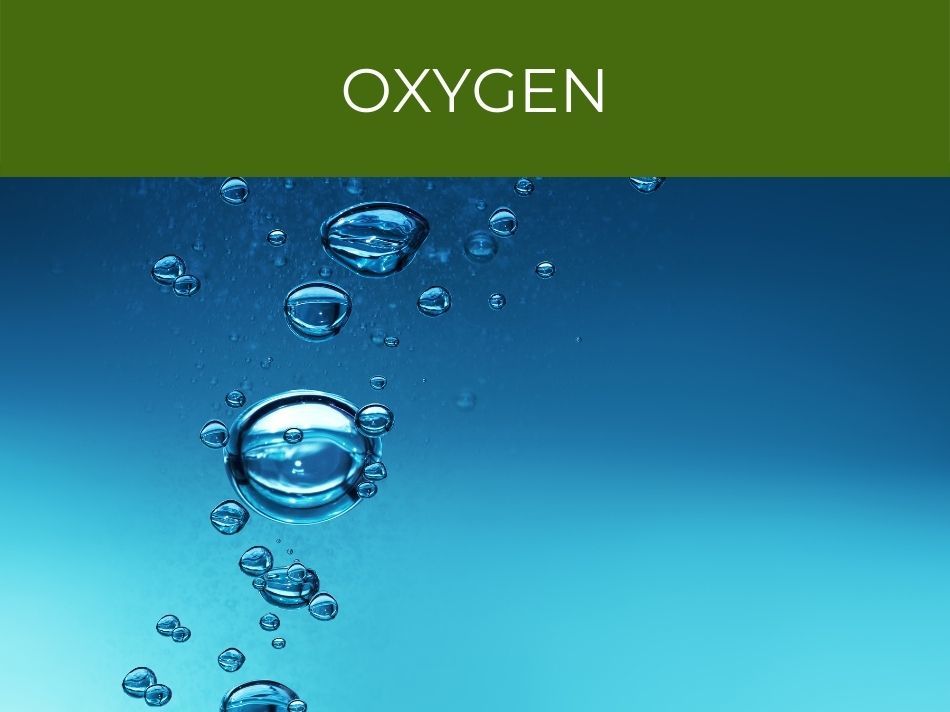
Oxygen is the second most abundant gas in the atmosphere, at 21 percent.
Oxygen is produced by plants as a waste product of photosynthesis.
See the complete article on the inputs & outputs of photosynthesis..
Plants release oxygen through the stomata in their leaves.
Argon is another inert gas and makes up 0.9 percent of the gas in the atmosphere.
The last 0.1 percent of gases are small amounts of carbon dioxide, methane, water vapor, neon and other gases.
Even though these other gases are only a small proportion of the total atmosphere, they can have a big impact on the earth’s climate through the greenhouse effect.
The atmosphere is made up of different layers, and the air pressure and density decreases the further up you go.
See the complete article on the most abundant gases in the atmosphere.
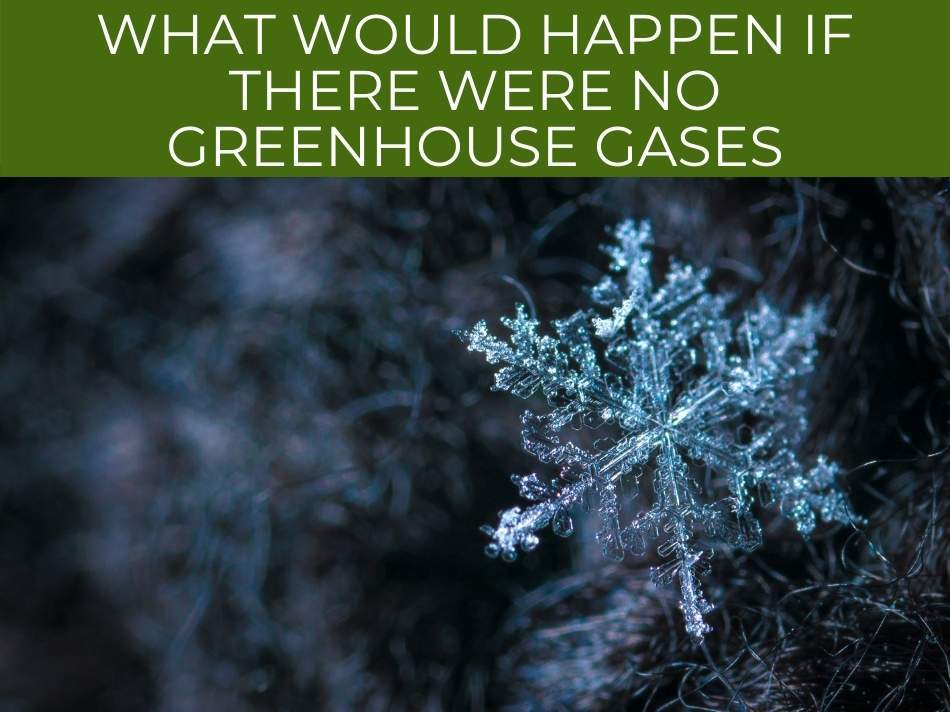
What would happen if there were no greenhouse gases
If there were no greenhouse gases at all in the atmosphere, all the heat that is reflected from the earth’s surface would be lost back into space.
This would make the earth much colder than it is now.
If there were no greenhouse gases, the temperature of the Earth would be much colder because all the heat reflected from the surface would be lost into space. The average temperature is about 57 degrees Fahrenheit; without greenhouse gases, the average temperature would be near 0 degrees F.
The average temperature of the earth’s surface is about 57 degrees Fahrenheit, but without greenhouse gases and the greenhouse effect, the temperature would be more like 0 degrees Fahrenheit.
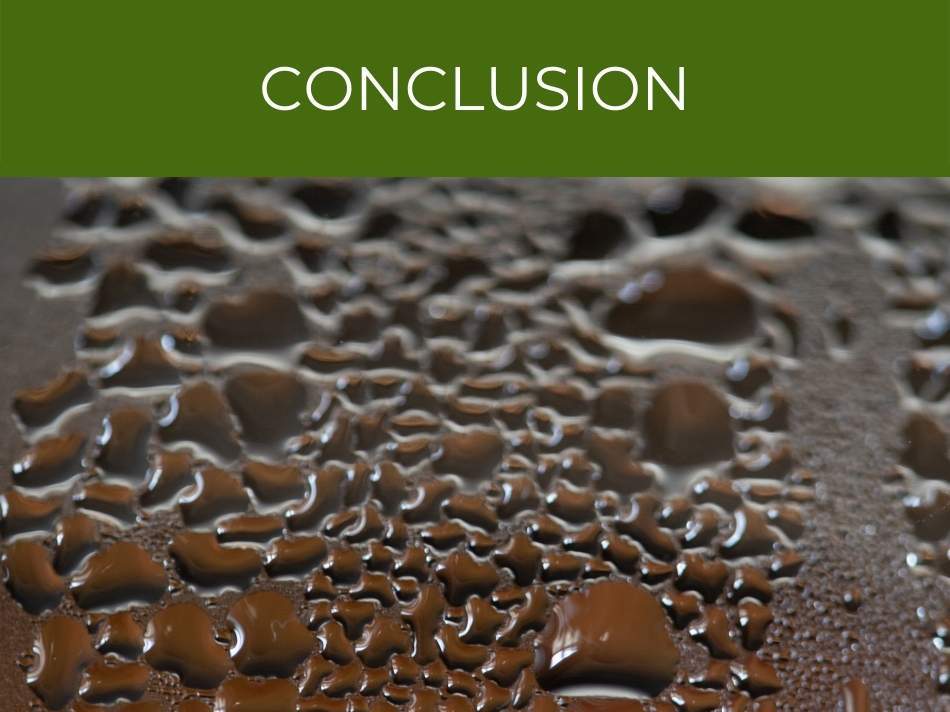
Conclusion
It might surprise you to learn that water vapor contributes to the greenhouse effect and has a role in climate change.
Although it is not directly produced by human activity, the warming of the earth increases the amount of water vapor, which acts as a greenhouse gas and produces a further warming effect.
This is an example of a climate feedback loop, which amplifies the effects of climate change.
Climate feedback loops are important to understand because they mean that climate change cannot be accurately predicted using the emission of greenhouse gases alone.

